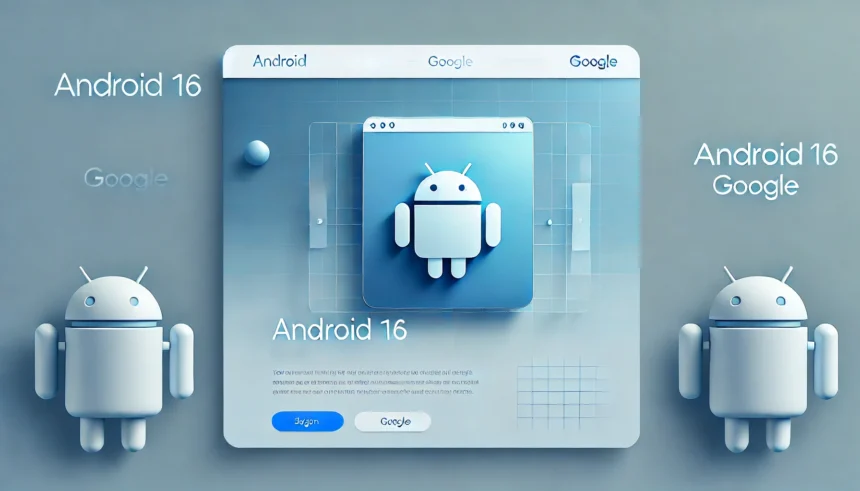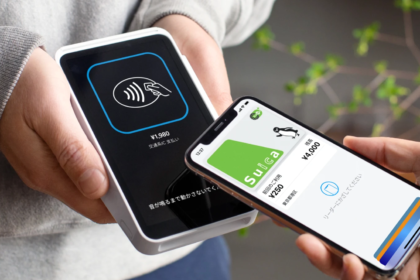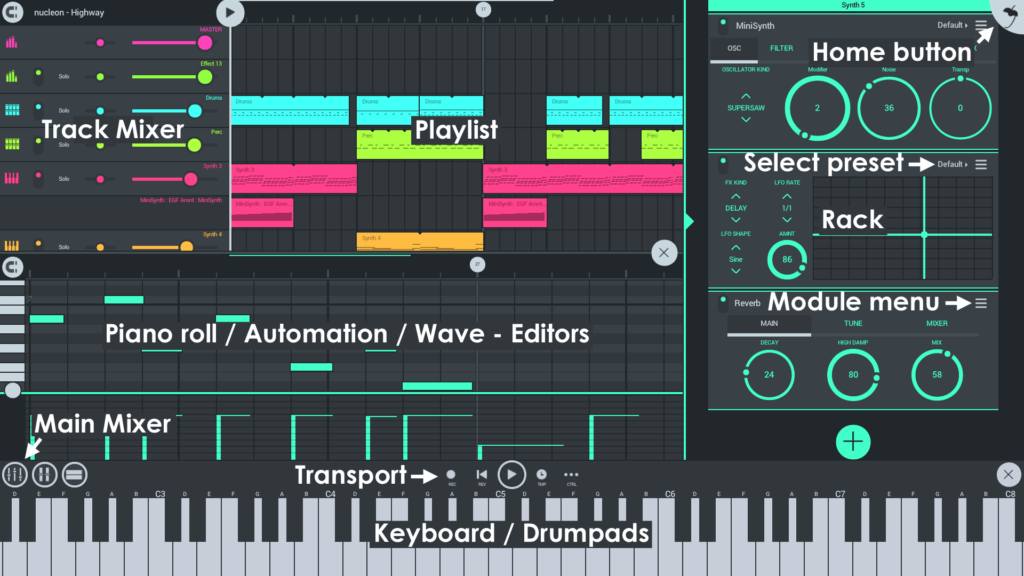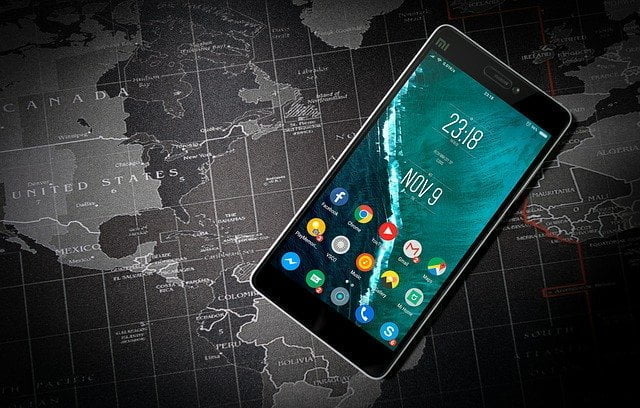Android 16 is shaping up to be an exciting evolution of Google’s mobile operating system, officially set for release in the second quarter of 2025, likely before the end of June. Even though Android 15 is still in the rollout phase for third-party devices, but Google’s development efforts have already shifted forward, with the first Developer Preview of Android 16 underway.
Here’s what we know so far about Android 16:
Release Timeline
- Developer Previews: We have already started early testing and feedback.
- Beta Testing: Expected early 2025, expanding to more testers and devices.
- Official Launch: Targeted for Q2 2025, aligning with Google’s typical release cadence.
Android 16: what we’ve heard so far
Google already hints at what Android 16 has in store, though much of the early communication is aimed at developers. The Android 16 Developer Preview introduces several new APIs for developers to explore, giving us clues about how apps might evolve next year.
One notable addition is the ability for developers to integrate Android’s secure photo picker directly into their apps, making it easier and more private for users to select and insert images. Another significant update includes APIs allowing apps to handle medical records in the FHIR (Fast Healthcare Interoperability Resources) format, enabling health-focused apps to work with standardized health data seamlessly.
While official details are limited, Android expert Mishaal Rahman has shed light on what Android 16 could mean for users.
A surprising development is the shift in Google’s codename tradition. Historically, Android versions were named after desserts in alphabetical order—think Android 2.0 Eclair, 2.3 Gingerbread, and, more recently, Android 15 Vanilla Ice Cream. Based on that pattern, Android 16’s codename would start with “W.”
However, Rahman reports via Android Authority that the codename will be “Baklava.” This change aligns with a new development strategy for Android: adopting a trunk-based development model. Android will receive more frequent, incremental updates than large changes every few months.
On the user experience front, Android 16 is shaping up to be a bigger update than Android 15. According to Rahman, one of the standout features could be a completely redesigned quick settings panel. In early versions tested during the Android 15 QPR beta, the revamped panel introduced a controversial change where swiping down with one finger brought up notifications, but accessing quick settings required a two-finger swipe.
More recent iterations of the redesign simplify this, letting users access notifications or quick settings depending on where they swipe from the top edge of the screen. This tweak aims to enhance usability while maintaining the cleaner, updated look of the interface.
Android 16 is poised to bring significant updates for developers and users, making it one of the most exciting releases in recent years.
Android 16 is shaping up to include a variety of thoughtful enhancements, both functional and aesthetic, aimed at improving user experience. Here’s a breakdown of what’s in store:
Enhanced Quick Settings Panel
Android 15 vs Android 16 brightness slider – a quick comparison!
As part of their work to overhaul the notifications & Quick Settings panels in Android 16, Google is also updating the brightness slider to bring it in line with the volume sliders.
What do y’all think? pic.twitter.com/IPCPf5bOrA
— Mishaal Rahman (@MishaalRahman) September 12, 2024
The brightness slider in Android 16’s revamped quick settings panel will adopt a look inspired by the updated volume settings in Android 15. It features a thicker bar and a larger touch target for easier adjustments. A new addition is displaying your screen’s brightness level as a percentage while making changes—a nice detail. However, it might be better suited as a developer option.
Expanded App Bubbles
Android 16 may allow any app to be turned into a floating “bubble,” expanding on a feature that previously worked only with chat apps since Android 11. This functionality could enable users to create temporary floating shortcuts for browsers, utilities, or any other app, providing more flexibility for multitasking.
Built-in Advanced Protection
Google’s Advanced Protection program, which offers additional security for users at high risk of phishing and online attacks, could be integrated directly into Android 16. This would allow users to enable Advanced Protection from the phone’s settings menu. Additionally, a new Advanced Protection API might let apps detect if you’re enrolled in the program and adjust their behavior to align with heightened security standards.
Improved Do Not Disturb with Priority Modes
The Do Not Disturb feature could see a major upgrade by introducing customizable Priority Modes. Users can define unique modes with specific names, icons, and activation conditions. For example, a “Sleep” mode could block all notifications except from selected contacts. In contrast, a “Work” mode could silence notifications from social apps or games, tailoring the experience to individual needs.
Chip-Style Notifications
Inspired by Apple’s Dynamic Island, Android 16 may introduce chip-style notifications. These notifications, powered by the new Rich Ongoing Notifications API, will display information about active processes directly in the phone’s status bar, offering a more dynamic and visually engaging way to keep track of ongoing activities.
Custom App Icon Shapes Return
![]()
Customizable app icon shapes, which disappeared after Android 11, appear to be coming back in Android 16. Screenshots shared on the Google News Telegram channel show options for circular, square, and scalloped icon shapes, allowing for greater home screen personalization.
Android 16 is clearly focused on refining user experience, offering more customization, enhanced multitasking, and better security features—all hint at a significant upgrade over its predecessors.
When Will Android 16 Be Released?
Android 16 is set to launch in spring 2025, with the beta testing phase beginning in the coming weeks. Historically, Android versions have been released in late Q3 or early Q4, but this time, Google is rolling out the update earlier.
The official release date for Android 16 is June 3, 2025, when it will be pushed to AOSP (Android Open Source Project) and Pixel devices simultaneously. This aligns with predictions made by Mishaal Rahman and Google’s shared timeline in late November 2024.
Development Timeline
Here’s a breakdown of Android 16’s key milestones:
| Date | Release |
|---|---|
| November 2024 | Developer Preview 1 |
| December 2024 | Developer Preview 2 |
| January 2025 | Beta 1 |
| February 2025 | Beta 2 |
| March 2025 | Beta 3 |
| April 2025 | Beta 4 |
The developer preview phase has already begun. While the preview offers a first look at Android 16’s features, it’s recommended to avoid running it on primary devices due to potential instability. Starting in January 2025, Beta releases are better suited for users eager to explore new features. Platform stability is expected to be achieved by spring 2025, making March or April the best time for early adopters to dive in.
We’ll continue to track leaks, updates, and official announcements as Android 16 evolves, so check back frequently for the latest information!










